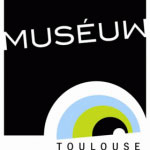
Natural History Museum of Toulouse
The ambition to build an institution dedicated to natural sciences emerged during the end of the 18th century, thanks to Philippe Picot de Lapeyrouse. Local figures and naturalists rally together until the opening of the Museum and its Galerie des cavernes (Caves Gallery) in 1865.
The museum preserves natural history collection from: anthropology, botany, geology, paleontology and zoology.
The anthropology collections mostly gather past and modern human remains (mostly bones fragments, sometimes mummified, preserved in liquids, or molded).
The botanical collection mostly contains herbaria. The most noteworthy, that includes several types, is the one composed by Philippe Picot de Lapeyrouse. Several others are also quite interesting such as the ones of Jean-Baptiste Noulet, Armand Peyre, Adrien Lagrèze-Fossat, Ernest Jeanbernat, Édouard Timbal-Lagrave, or Jacques Gamisans. The seed and dry fruits library (that includes the bottled fruit and seed collection of Adrien Lagrèze-Fossat) and the wood library encompass less specimens, but are regularly enriched.
The geology section contains the collections of Frizac et Lassus, Henri Magnan, Alexandre Leymerie, and Nérée Boubée (to name a few). Some noteworthy samples can be found in the collections of Gaston de Roquemaurel, (Adélie land, China, Chile, and the Pacific), Marius Bernès (the Laurion Mines), a small marble collection from the Pyrenees and the Black Mountains, as well as a few meteorites.
The paleontology collections contain over 2,000 types and figured specimens.
The Paleozoic and the Mesozoic period are mostly represented by invertebrates, the majority of the specimens coming from the region (Alexandre Leymerie and Joseph Monestier collections).
The Subpyrenean Zone continental fossil collections, vertebrates included, is one of the main collections with the one of Jean-Baptiste Noulet.
The famous sites such as Issel, les Phosphorites du Quercy, Grépiac, La Débruge, Saint-Gérand-le-Puy, or Armissan, are also showcased in these collections. The Montréal-du-Gers site, property of the city of Toulouse, and discovered in 1987, is still being mined, and continuously enrich the Miocene vertebrate collections.
The zoology section contains the entomology collections of Charles Marquet, Laurent Schwartz, Henri Ribaut, Henry Wilfrid Brölemann, Amédée Champenois, and Henri Galibert; Turtles from Viet Nam of Roger Bourret; the fish collection of Jean Thomas and Leon de Poumayrac; the malacology specimens donated by Gaston de Roquemaurel, J.-B. Noulet, l’Abbé Dupuy, and Gérard Azaïs ; stuffed animals and mounted skeletons; the rather large bird collection of Victor Besaucèle, and the eggs of Jacques Perrin de Brichambaut.
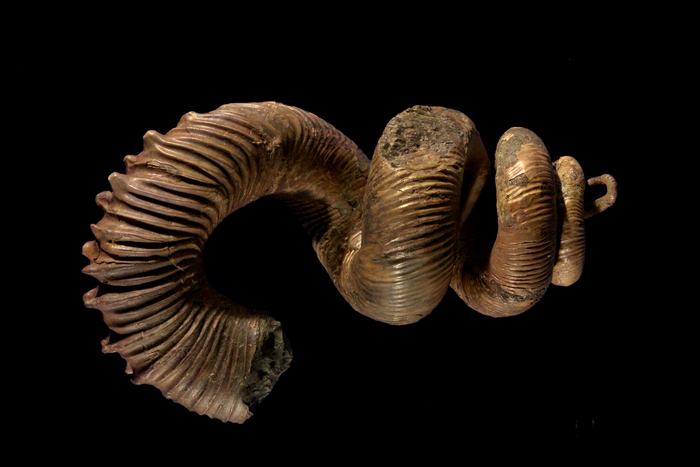
Didymoceras stevensoni, Wyoming, United-States, purchased in 2004 – coll. muséum, MHNT.PAL.2004.0.26 ©Ibrahim Farès - MHNT
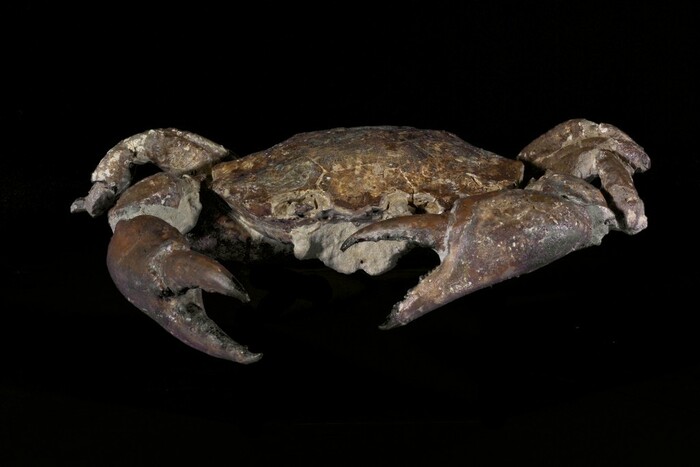
Archaeogeryon peruvianus, Argentina, purchased in 1995 - coll. muséum, MHNT.PAL.CRU.2002.1 ©Ibrahim Farès - MHNT
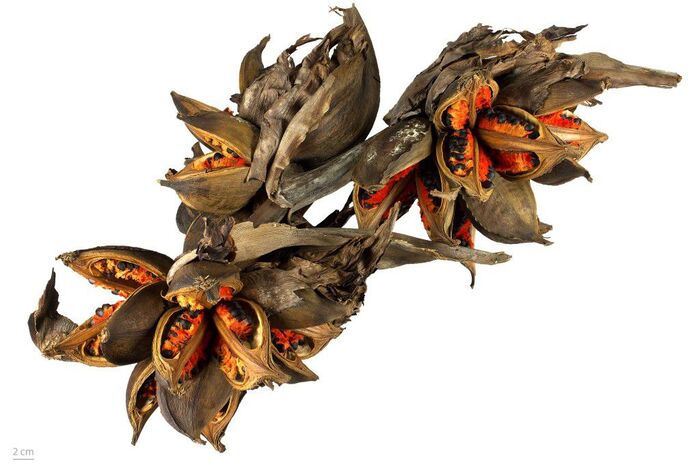
Phenakospermum-guyannense, traveller's tree from Balourou, Guyana, donated by l'Institut de recherche et développement (IRD) - coll. muséum, MHNT.BOT.2007.46.1 ©Roger Culos - projet Phoebus
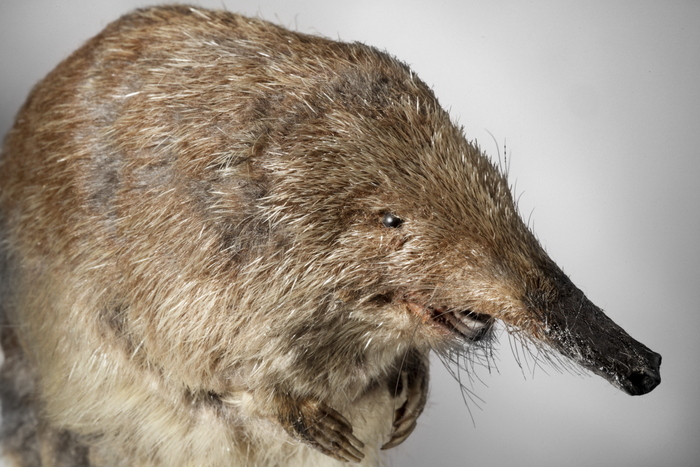
Galemys Pyreanicus, Pyrenean desman, Bagnères-de-Luchon, donated by E. Trutat 1887 - coll. muséum, MHNT.INS.31 ©Daniel Martin - MHNT
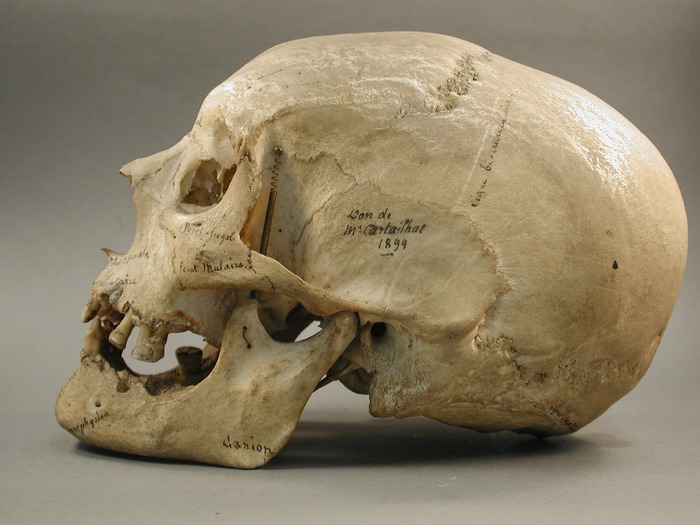
Study skull, Toulouse deformation, donated by Émile Cartailhac 1899 - coll. muséum, MHNT.ANT.2003.84 ©MHNT